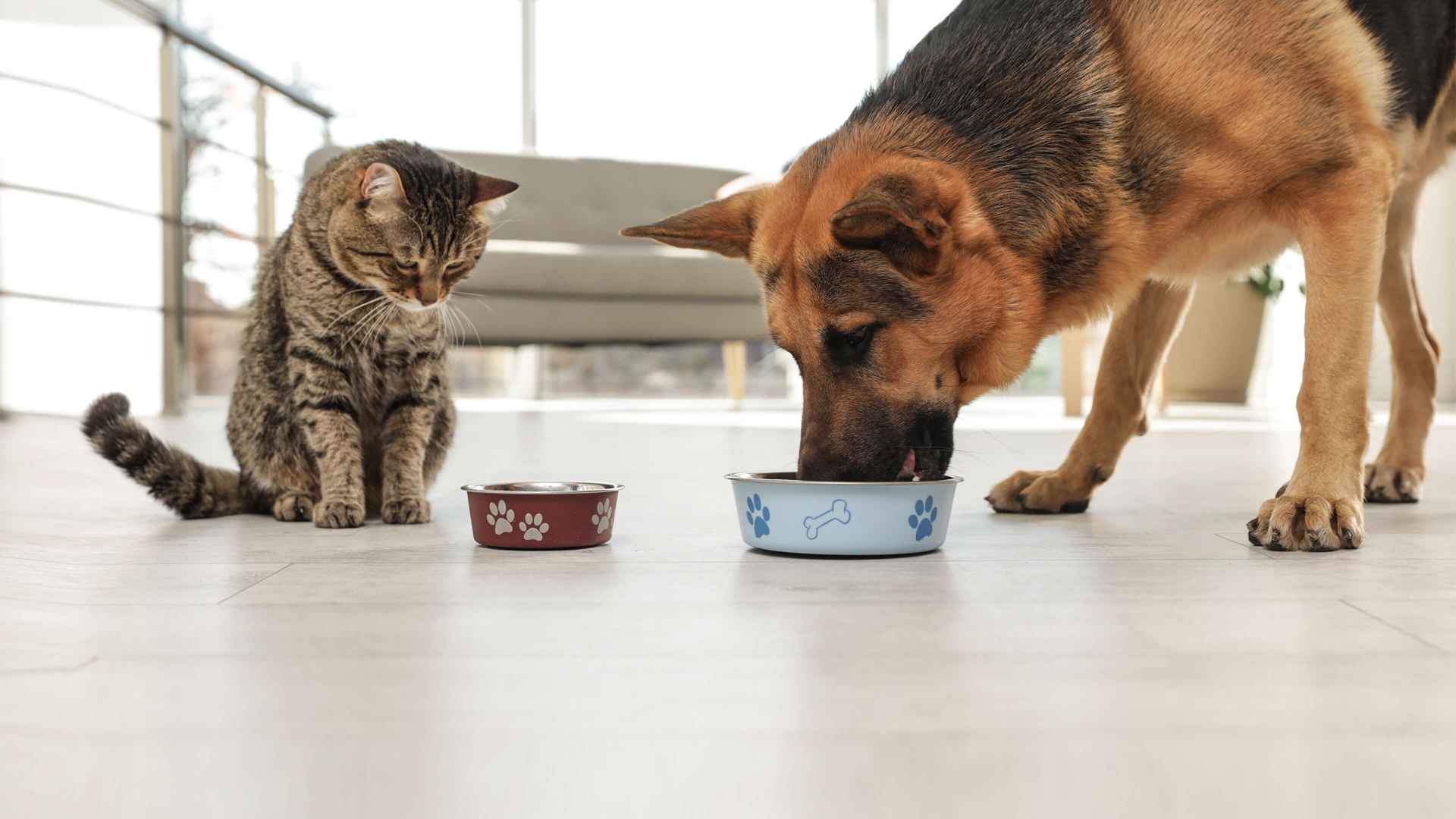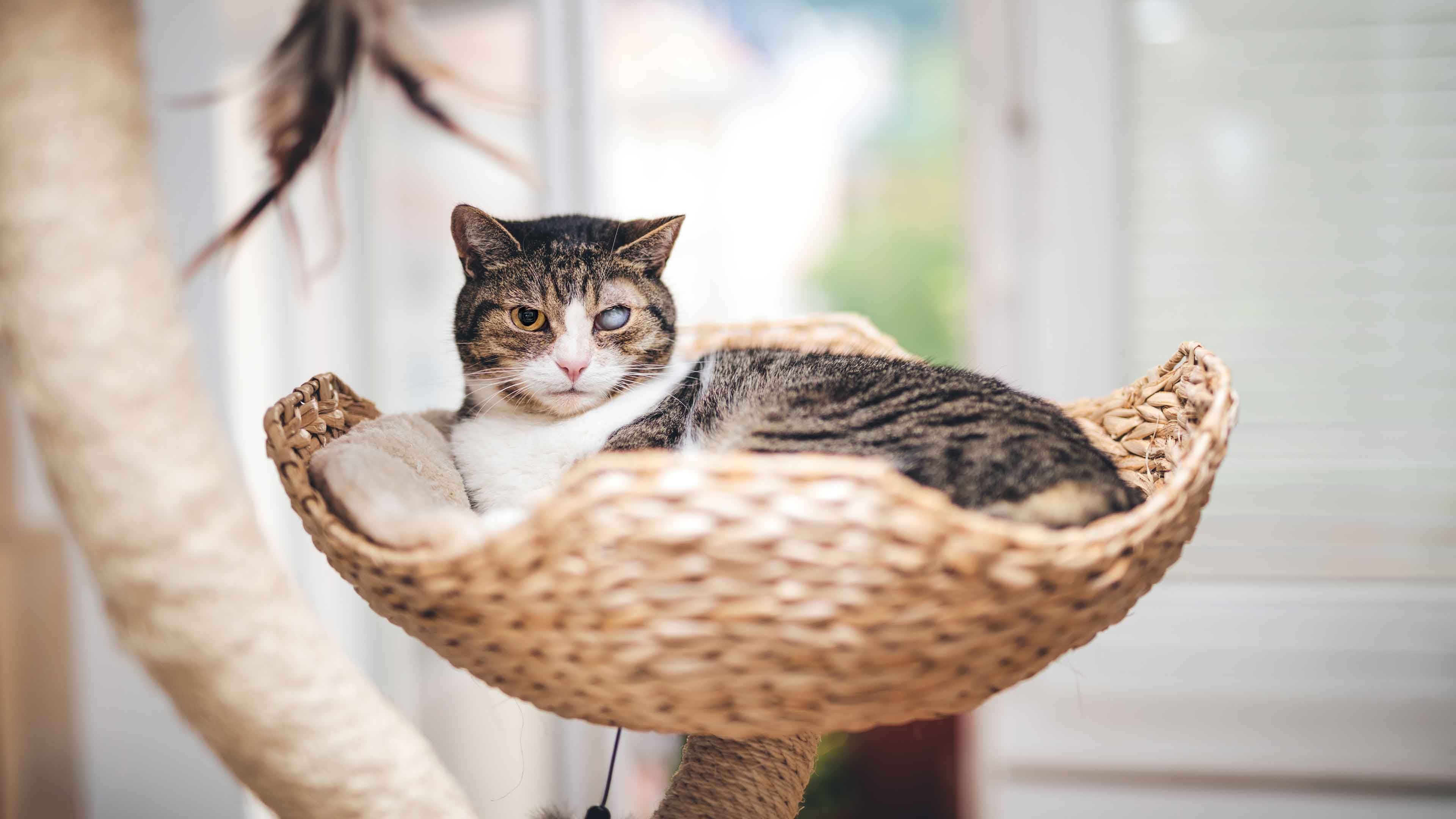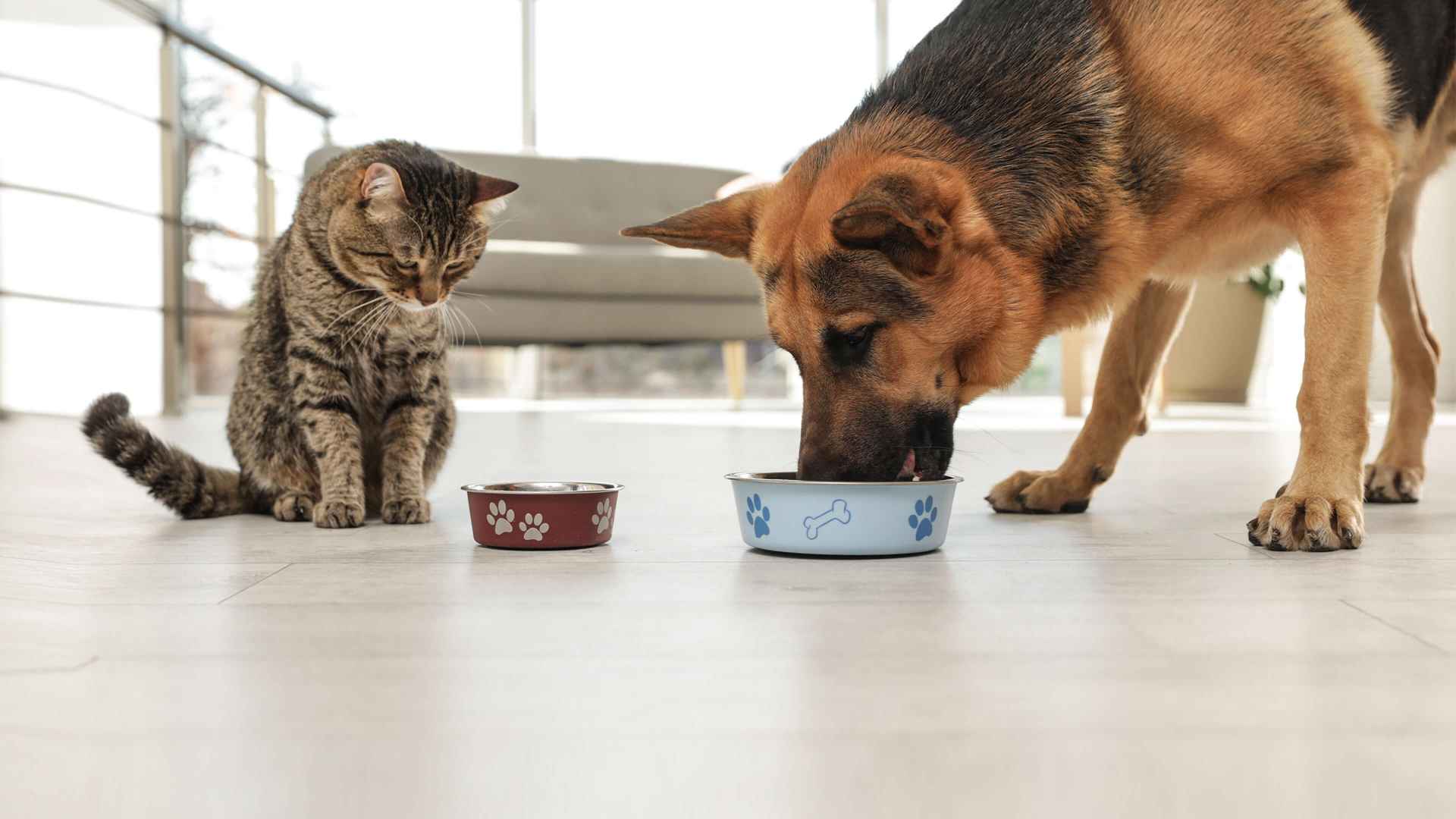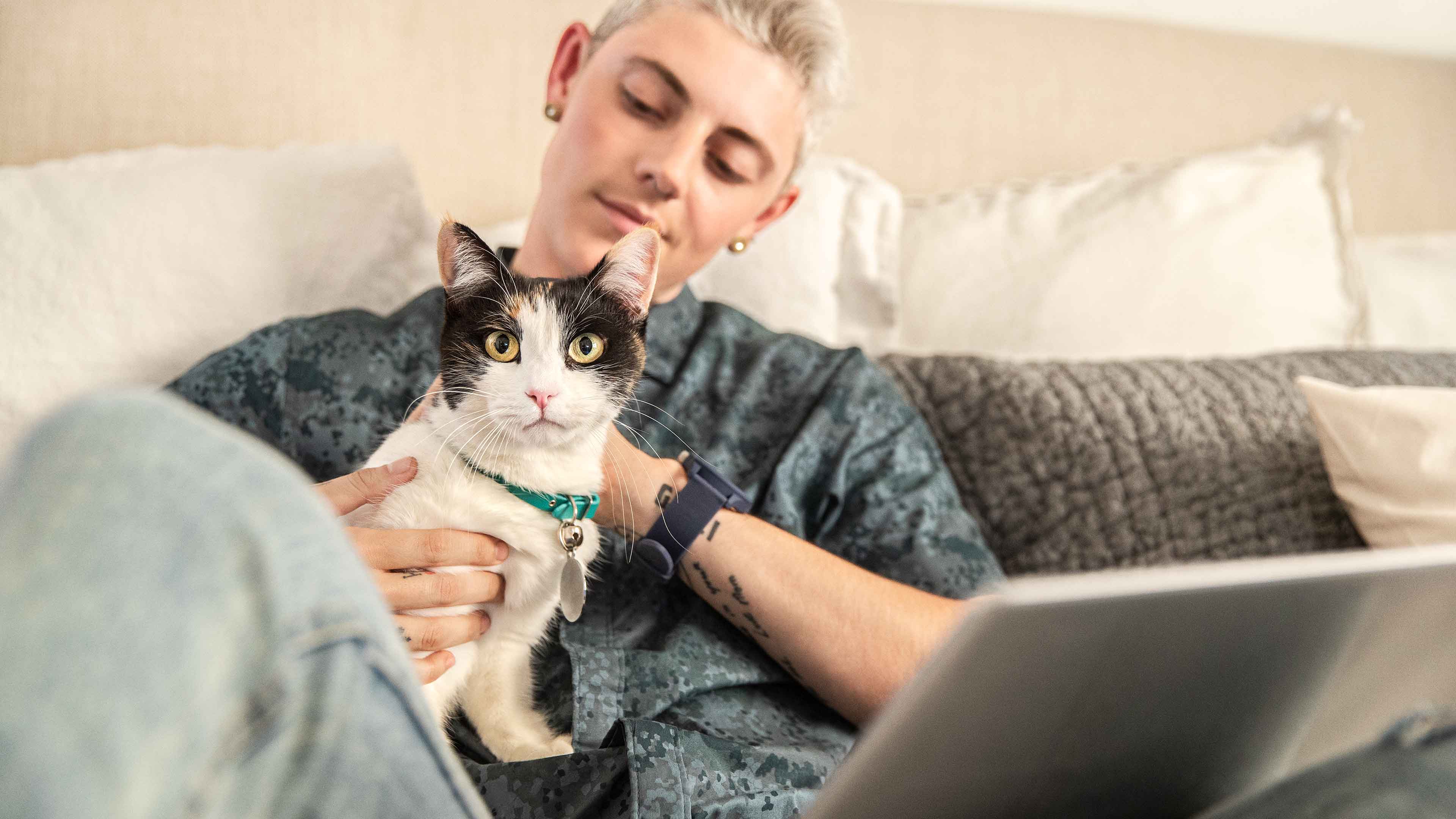feeding with lots of love and a complete diet
Some dogs will eat anything. But that doesn’t mean they should. Some cats are more picky, so finding the right diet might be tricky.
One thing we all know: Pets are living, breathing, animals who want to (and certainly need to) eat. It’s our job as pet owners to make sure they eat a complete diet. Fortunately, it’s a “job” that’s really rewarding emotionally.
When you watch your pet chomp into a good bowl of balanced, nutritionally-complete vittles, it can make you feel all warm and fuzzy inside. It’s a beautiful thing.
Choosing a food for your pet
A diet should be specially formulated to meet your pet’s nutritional requirements based on their age, activity level, lifestyle, and health, and must include essential nutrients in the correct amounts and ratios.
Discuss your pet’s diet with your Banfield veterinary team. They can guide you to a diet that’s right, help you manage transitions from one food to another, and answer questions about potential food allergies.
Read the label and look for the statement “Nutritionally Complete and Balanced.” If this statement is not present on the pet food, then there is no guarantee that the diet contains all the nutrients determined to be essential to your dog or cat. Consider looking for another diet.
Examine the label and look at the life stage. Some life stages may not be appropriate for your pet. For example, you wouldn't want to feed a diet designed for growth to an adult, overweight dog. If no life stage is provided, consider another diet option.
Check that there has been no food safety issue with the diet. The FDA provides a pet food recall list for your convenience.
Watch the weight
Once you choose a diet, you will also need to determine the right amount to feed your pet. Many pet foods provide feeding recommendations on the label. Also talk with your veterinary team for specific feeding amounts, which can be calculated based on the calorie content of the food and your pet’s weight, physical condition, and activity level.
Pet obesity is a significant problem in both dogs and cats. It’s important to keep your pet at an ideal body condition to help prevent them from becoming overweight or obese. It helps a lot to have your pet see their veterinarian regularly – one of the many reasons to have a wellness plan from Banfield, which includes two comprehensive exams per year plus unlimited visits.
Don’t overdo it with those tasty treats
Treats can be yummy, sure. But please talk to your veterinary team about good treat options for your pet, when to use treats, and the maximum amount of treats your pet should have per day.
Providing proper nutrition is important for the health of your pet. The Banfield team is here to help.
 Mites and mange
Mites and mange Podcast - Not Just Fluff
Podcast - Not Just Fluff











